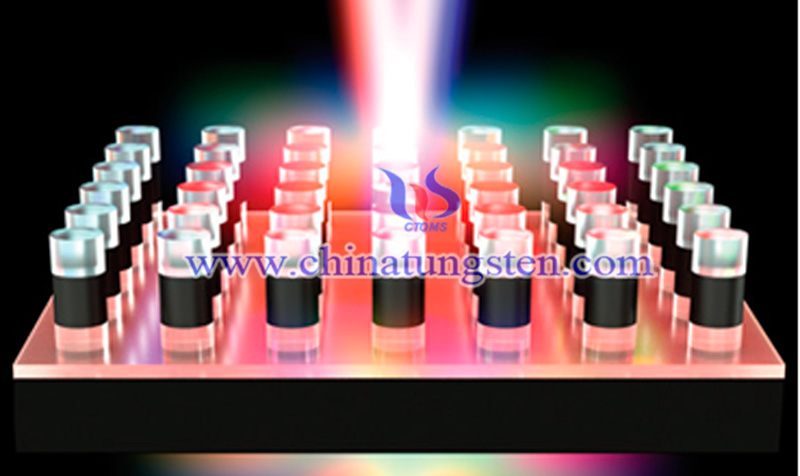Rare Earth Metals Address Optical Problem of Oxide Crystals
- Details
- Category: Tungsten's News
- Published on Friday, 09 April 2021 21:39
Tongji University has made significant progress in the field of rare earth metals to solve the optical problems of oxide crystals. Nonlinear crystal materials are important photoelectric information functional materials, which are significant for realizing modern information technology with optoelectronic technology. Nonlinear optical oxide crystals have a promising future in various fields such as frequency conversion, optical signal processing, optical communications, and optical switches.
With the rapid development of modern optical technology, the development of high-performance nonlinear optical crystal materials is an effective strategy to deal with the urgent needs of laser technology. Among them, optical frequency doubling response and birefringence are important performance indicators of nonlinear optical materials. However, they require very different structure for the microstructure of crystalline materials.

Most tetrahedral-based oxides (such as phosphates, sulfates, silicates, etc.) that have been discovered so far generally have the disadvantages of weak second-order nonlinear optical effects or low birefringence, limiting their use in laser technology. In practical applications, how to obtain the oxide crystalline material with the frequency doubling effect and the birefringence synchronization is a challenging issue in the current research of nonlinear optical materials.
The research team of Professor Chi Zhang from the School of Chemical Science and Engineering of Tongji University cooperated with the Beijing Institute of Physics and Chemistry of the Chinese Academy of Sciences and the Fujian Institute of the Structure of Matter of the Chinese Academy of Sciences to develop a non-p-conjugated sulfate with environmentally friendly chemical composition, wide optical transmission range and easy crystal growth. The paper title 'Large Second-Harmonic Response and Giant Birefringence of CeF2(SO4) Induced by Highly Polarizable Polyhedra' has been published in American Chemical Society (J.Am.Chem.Soc.2021,143(11),4138-4142).
In this study, the research team first proposed a strategy to increase structural distortion by introducing a non-second-order ginger Taylor fluoride rare earth metal center polyhedron as a method to enhance nonlinear optical response and birefringence. Unlike the second-order ginger Taylor metal cations, rare earth metal cations with localized 4f electrons could induce significant differences in the band structure, thereby improving the linear and nonlinear optical properties of the material
The introduction of electronegative fluoride ions into the rare earth central polyhedron is conducive to the formation of highly polarized photoactive building elements, which improves the frequency doubling effect and optical anisotropy of the material. The research team also used density functional theory and X-ray diffraction analysis of material single crystal structure to carry out theoretical simulation calculations, and further explored and clarified the intrinsic physical mechanism of CeF2(SO4) with strong frequency doubling effect and large birefringent synchronization gain.
The high-priced rare earth metal cerium fluorosulfate crystal CeF2(SO4) exhibits a strong frequency doubling effect (8.0×KDP), and its frequency doubling strength is the maximum value of the inorganic sulfate system found so far. The rate of CeF2(SO4) birefringence exceeds the limit value of oxide birefringence that has been reported. This research provides a demonstration for the design and creation of new high-performance nonlinear optical oxide crystals.
- Rare Earth Manufacturer & Supplier, Chinatungsten Online: www.chinatungsten.com
- Tungsten News & Prices of China Tungsten Industry Association: www.ctia.com.cn
- Molybdenum News & Price: news.molybdenum.com.cn
- Tel.: 86 592 5129696; Fax: 86 592 5129797; Email: sales@chinatungsten.com



 sales@chinatungsten.com
sales@chinatungsten.com